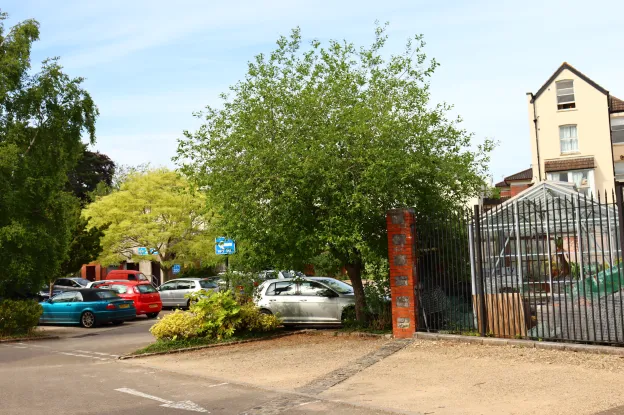The Law of Tort, and how it affects Public Liability Claims

Law of Tort, how does this affect you?
In simple terms Tort is the duty of care we owe to our neighbours and members of the public. If another person suffers injury, harm, or their property gets damaged because of something you did, or failed to do. Under tort law, you will be held legally liable for their suffering and will have a duty to put them right.
It appears that as a society we are becoming more litigious, and Insurers are seeing a steady increase of public liability claims. Most common cases are slips, trips, and falls from uneven ground, loose wires, or inadequate lighting. These are followed closely by damage to parked vehicles from fallen trees, or roof tiles.
Under tort, the duty would be on the claimant to prove that the defendants were negligent in their actions. The defendants would then need to prove that they were acting in a prudent manner, and that the event which led to the loss was out of their direct control.
Controlling the frequency and quantum of claims is an important part of helping us get the best possible renewal terms for you, so this is important.
Case Study 1
Branch from an oak tree on the insured’s premises falls on a motor home parked underneath resulting in the vehicle being written off for an estimated cost of £60,000. Tree surgeon was instructed to investigate who identified that the tree was suffering from rot in the trunk which eventually led to the collapse of the branch, however the rot was internal and completely hidden from view. The insured was able to submit evidence to prove that they had a tree maintenance program in place. The implicated tree was inspected on a regular basis and there were no visible signs to indicate that anything was wrong.
Outcome: It was deemed that the insured had acted in a prudent manner, they did what would have been expected of the average person, and there was nothing they could have done to foresee the incident or prevent it from happening. Liability was denied, and the claimant’s claim was successfully rejected.
Case Study 2
A hiker suffers serious head injury from a fallen branch. Tree was on private land owned by the insured, the area was cordoned off, and the incident happened during a heavy thunderstorm. The insured did not have a tree management program in place at the time of the incident.
Outcome: Whilst the general indication is that the hiker brought his own misfortune by trespassing on private land in the middle of a thunderstorm. Insurers accepted liability, as due to the lack of a tree management program; the insured was unable to prove that they had acted in a prudent manner. This meant that potentially the incident could have been avoided.
Good housekeeping
- Ensure that the building/estate is periodically inspected for maintenance.
- If there are trees on site. Ensure that these are periodically inspected/maintained by a competent tree surgeon.
- Keep accurate records of any inspection reports.
- Ensure that any contractors/trades people on site have adequate public liability insurance.



